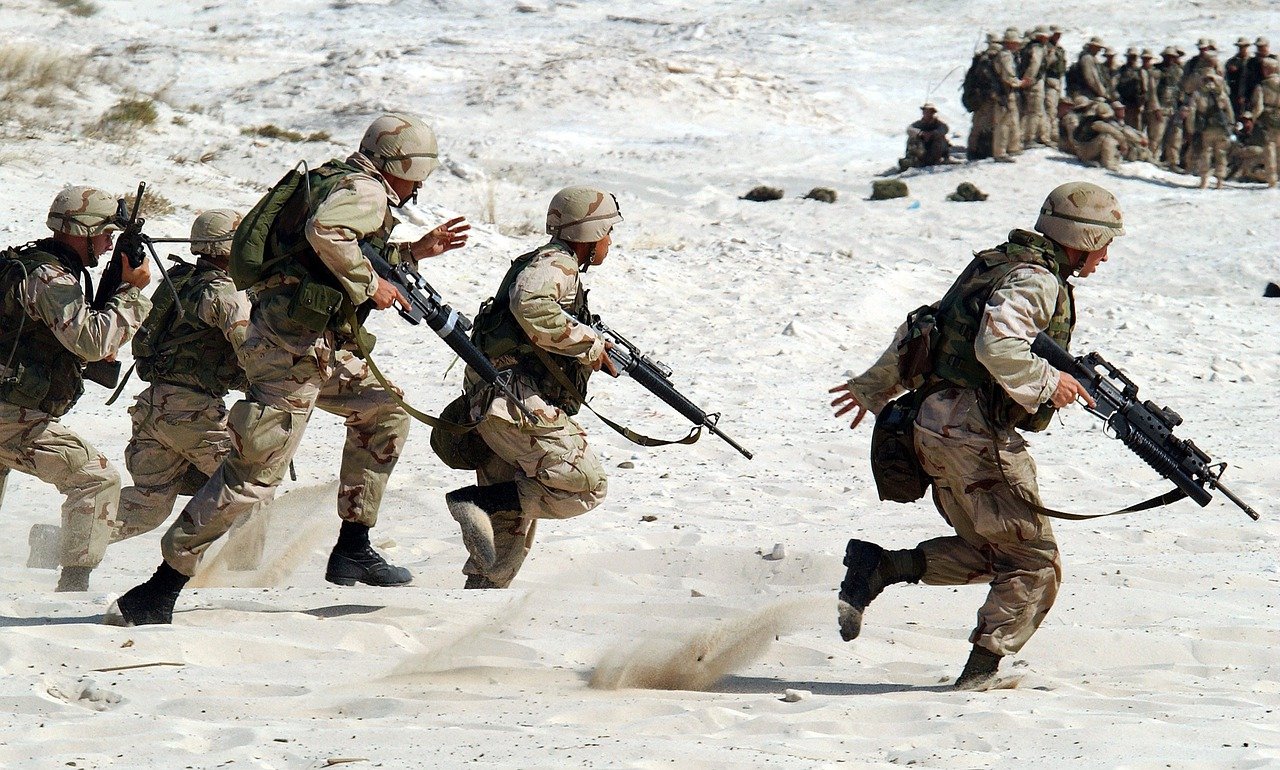Did you know that the Winter War was one of the shortest wars in history? It lasted only over three months, from November 1939 to March 1940. But despite its short duration, it was a bloody and brutal war. More than 26,000 Finnish soldiers were killed, while the Soviet Union lost around 1.3 million men. What factors led to such a devastating conflict? And why do historians so often overlook it? In this blog post, we’ll explore The Continuation War and discuss some of the reasons why it was such a devastating conflict. Stay tuned.
The Soviet-Finnish War
 The Soviet-Finnish War, also known as the Winter War, was fought from November 30, 1939, to March 13, 1940. The war began when the Soviet Union invaded Finland, intending to conquer the whole country. The Finns fought bravely, but they were ultimately outnumbered and outgunned by the Soviets. As a result, they had to cede some territory to the Soviet Union.
The Soviet-Finnish War, also known as the Winter War, was fought from November 30, 1939, to March 13, 1940. The war began when the Soviet Union invaded Finland, intending to conquer the whole country. The Finns fought bravely, but they were ultimately outnumbered and outgunned by the Soviets. As a result, they had to cede some territory to the Soviet Union.
Despite the Finnish defeat, the Winter War was considered a moral victory for the Finns. They had fought bravely against a much larger and better-equipped enemy and inflicted heavy casualties on the Soviets. Moreover, the war showed that the Soviet Union was not invulnerable, and it exposed the weaknesses of the Soviet military.
The Winter War was a devastating conflict for both Finland and the Soviet Union. For Finland, the war was a national disaster. More than 26,000 Finnish soldiers were killed, and the country had to cede nearly 11 percent of its territory to the Soviet Union. The war also had a devastating effect on the Finnish economy. For the Soviet Union, the war was a humiliating defeat. The Soviet military had been badly beaten by a much smaller and less well-equipped enemy. Moreover, the war exposed the weaknesses of the Soviet military and made it clear that the Soviet Union was not invulnerable.
Molotov Cocktail
 A Molotov cocktail, sometimes referred to as a petrol bomb or gasoline bomb, is a simple incendiary weapon made of a breakable bottle filled with flammable liquid, such as gasoline or kerosene, and a rag put inside the bottle’s neck. Typically, cotton is used to make the wick. Throughout history, numerous factions have utilized Molotov cocktails as improvised weapons. The Spanish Civil War saw some of the earliest occurrences: petardas or botes de dinamita (lit. “dynamite bottles”).
A Molotov cocktail, sometimes referred to as a petrol bomb or gasoline bomb, is a simple incendiary weapon made of a breakable bottle filled with flammable liquid, such as gasoline or kerosene, and a rag put inside the bottle’s neck. Typically, cotton is used to make the wick. Throughout history, numerous factions have utilized Molotov cocktails as improvised weapons. The Spanish Civil War saw some of the earliest occurrences: petardas or botes de dinamita (lit. “dynamite bottles”).
During the Winter War, the Finnish Army came up with the term “Molotov cocktail” in response to Soviet Foreign Minister Vyacheslav Molotov’s assertion that the Red Army’s bombings of Finnish cities were actually “meal delivery” for the starving populace. The ingredients for a molotov cocktail can be altered with objects found around the house. The most important element is the breakable delivery vessel for the flammable liquid, which could be a glass bottle. A piece of cloth or paper soaked in a combustible liquid, such as gasoline or kerosene, is placed within the bottle’s neck once the container has been filled.
The winter war was a bloody and brutal conflict that lasted only over three months. Despite its short duration, the war had a devastating effect on both Finland and the Soviet Union.




